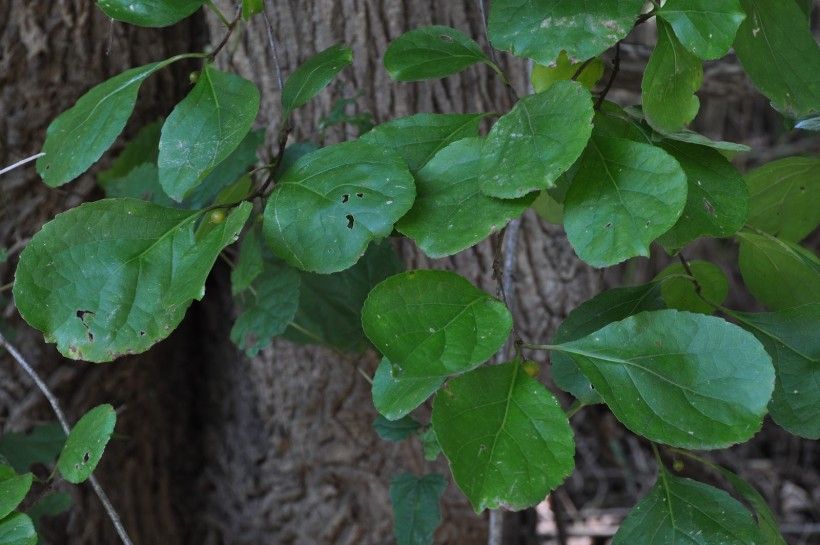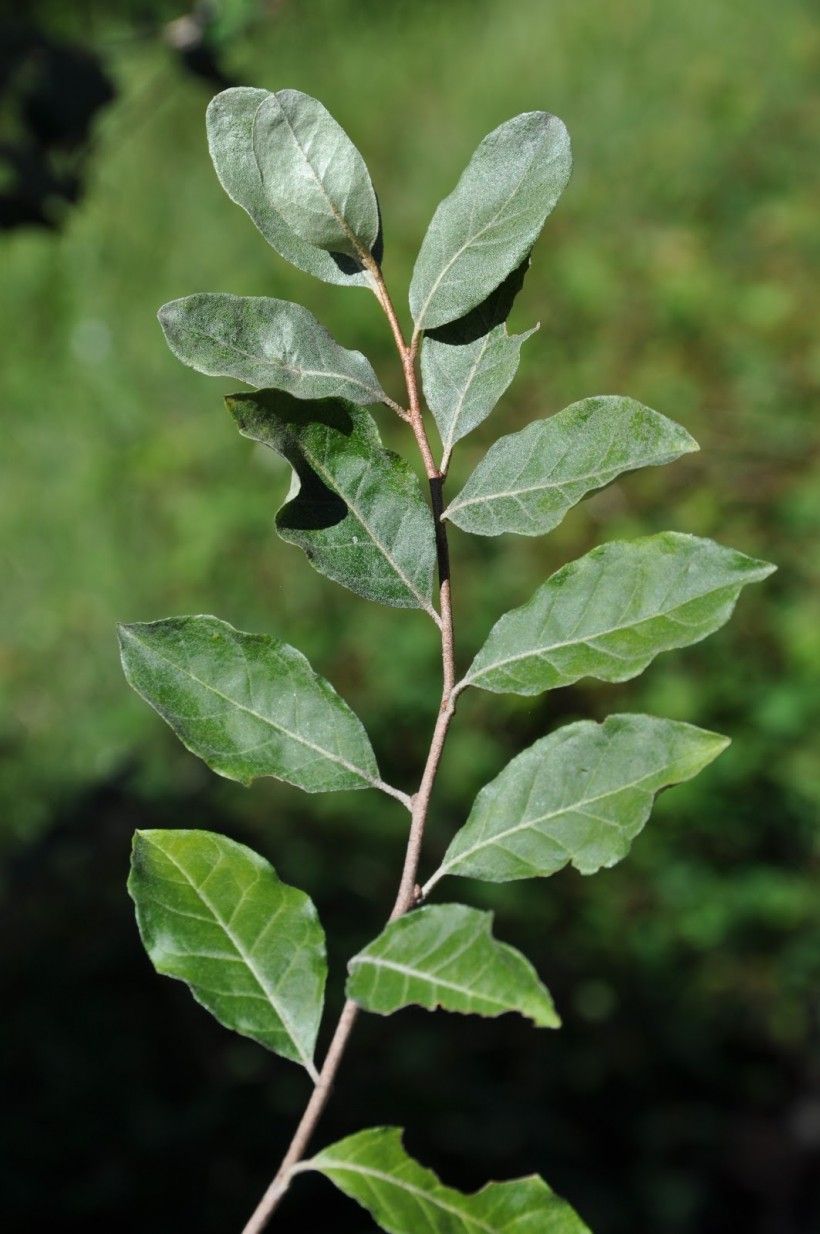Time to Tackle Woody Invasives
The fall is the best time to combat woody invasives such as tree-of-heaven, oriental bittersweet, multiflora rose, bush honeysuckle, and autumn or Russian olive.
During the summer, these plants put all of their energy into new growth and seed production, and cutting them at this time will trigger re-sprouting and a deeper root system. In the fall, the plants prepare for dormancy, pulling their energy stores back into the root system for the winter. Therefore, fall represents the perfect time to attack using the cut-stump method, which is as simple as cutting off the plant fairly near the ground and then painting the stump with a systemic herbicide that travels through the plant tissues. The herbicide should be applied as soon after the cut as possible to ensure the tree or shrub draws the herbicide in through the cambium layer before it seals up. The systemic herbicide kills the plant from the stump down, eliminating new shoots and reducing root suckering. For woody vines such as Oriental bittersweet, the vine should be cut at both eye level and near the ground, with both areas then treated to prevent re-sprout.
Effective systemic herbicides include triclophyr and glyphosate, sold under the trade names Garlon and RoundUp, respectively. For treating invasive vines such as oriental bittersweet or persistent invaders such as tree-of-heaven, triclophyr has been shown to be more effective. However, you must be a licensed herbicide applicator to purchase this product. If your property includes a wetland or pond, be aware that only certain herbicides are registered for use near water.

When removing invasives, it is also important to consider the effects on the surrounding ecosystem and wildlife. If, for example, you are treating a heavily invaded area (greater than 25 percent invasives), the result will be a gap in the woodland or meadow, suddenly eliminating habitat for birds and other wildlife. The disturbed soil will be quickly repopulated with new invasives, rendering your efforts useless. In such situations, gradual removal of the aliens and replacement with native alternatives offers the best approach. Allow the native plants time to establish before conducting the next round of invasive removal.
Finally, remember that woody invasive control with herbicides should be used as part of an integrated program of continued invasive plant control. Invasive species are by nature adaptable and resilient, and treatment may be required for two to three years to exhaust the resources of a plant’s root system.
